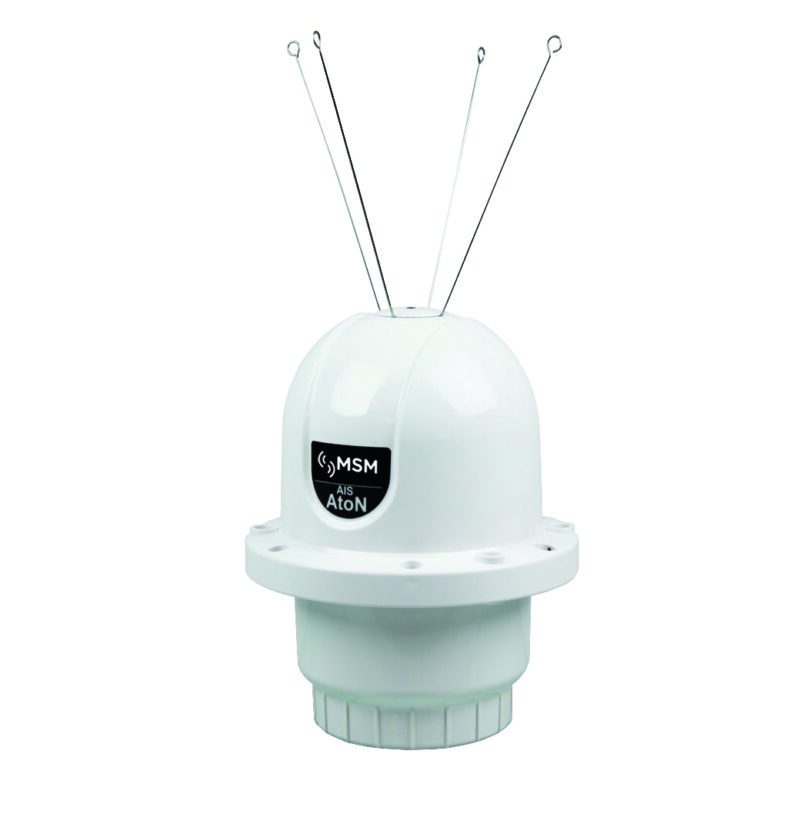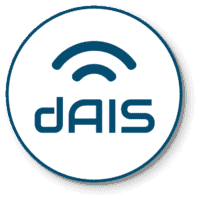UNIVERSAL COMPACT AIS TRANSPONDER
The MTU AIS-C transponder is a compact AIS AtoN device, providing automatic information on the GPS position of the marine aid to navigation (AtoN); thus making easy the location and identification of buoys, beacons and lighthouses on a vessel or an AIS Base Station chart.








